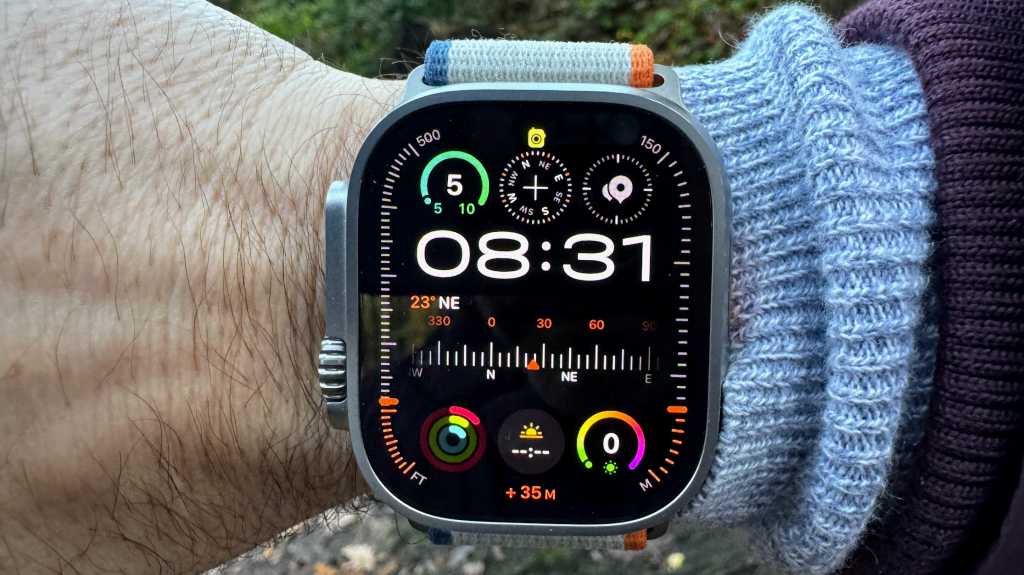
The next Apple Watch Ultra will offer a new feature for Apple’s wearable: the ability to send and receive texts through a satellite connection, according to a report by Bloomberg. The new features follow Apple’s introduction of limited satellite connectivity (emergency use only) with the iPhone 14 in 2022. With the release of iOS 18 this past fall, Apple expanded its satellite connectivity to include iMessages.
The Apple Watch Ultra comes with cellular connectivity. Presumably, the satellite connection work would in a similar fashion as it does on the iPhone: if a cellular network is unavailable, a satellite connection can be used for text messages. There’s no need to sign up for a satellite provider and the connectivity is currently provided at no charge.
Since the Apple Watch Ultra is targeted at users who are active in remote outdoor activities, the satellite connectivity could be helpful. It’s not clear if Apple will expand its satellite support or introduce a service plan that users will need to pay for.
Satellite provider Globalstar announced in November that Apple had made a $1.5 billion investment into the company and that Apple has a 20 percent equity stake. Apple promised a year of free satellite connectivity when the feature launched on the iPhone 14, then extended it for another year in 2023. However, once that free period ended this past November, Apple hasn’t mentioned an extension or a monthly fee for the service.
The Bloomberg report also states that Apple is working on a blood pressure monitor that could debut in 2025. This is a feature that’s long been rumored; Apple was reportedly working on a blood pressure monitor for the Apple Watch Series 10 that wouldn’t provide systolic and diastolic measurements but would state if your pressure was elevated, but the wasn’t ready in time for the release.
Additionally Gurman says Apple is still working on non-invasive glucose monitoring, but it remains “an incredibly difficult challenge.”




